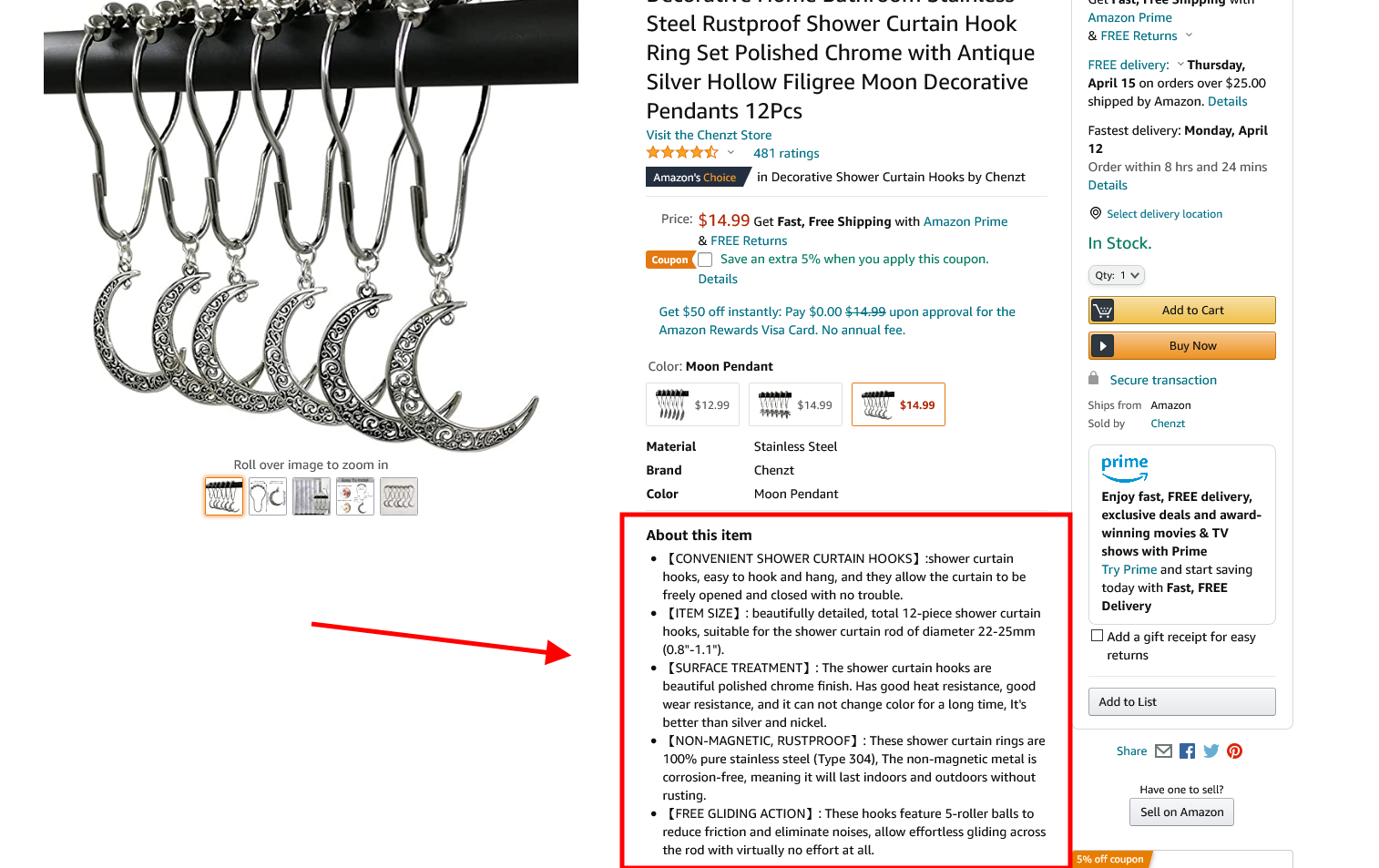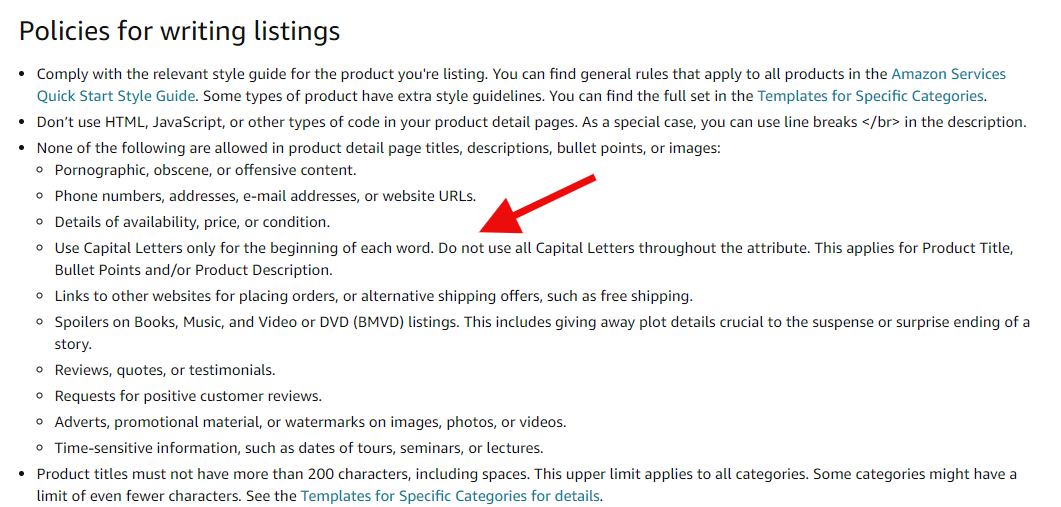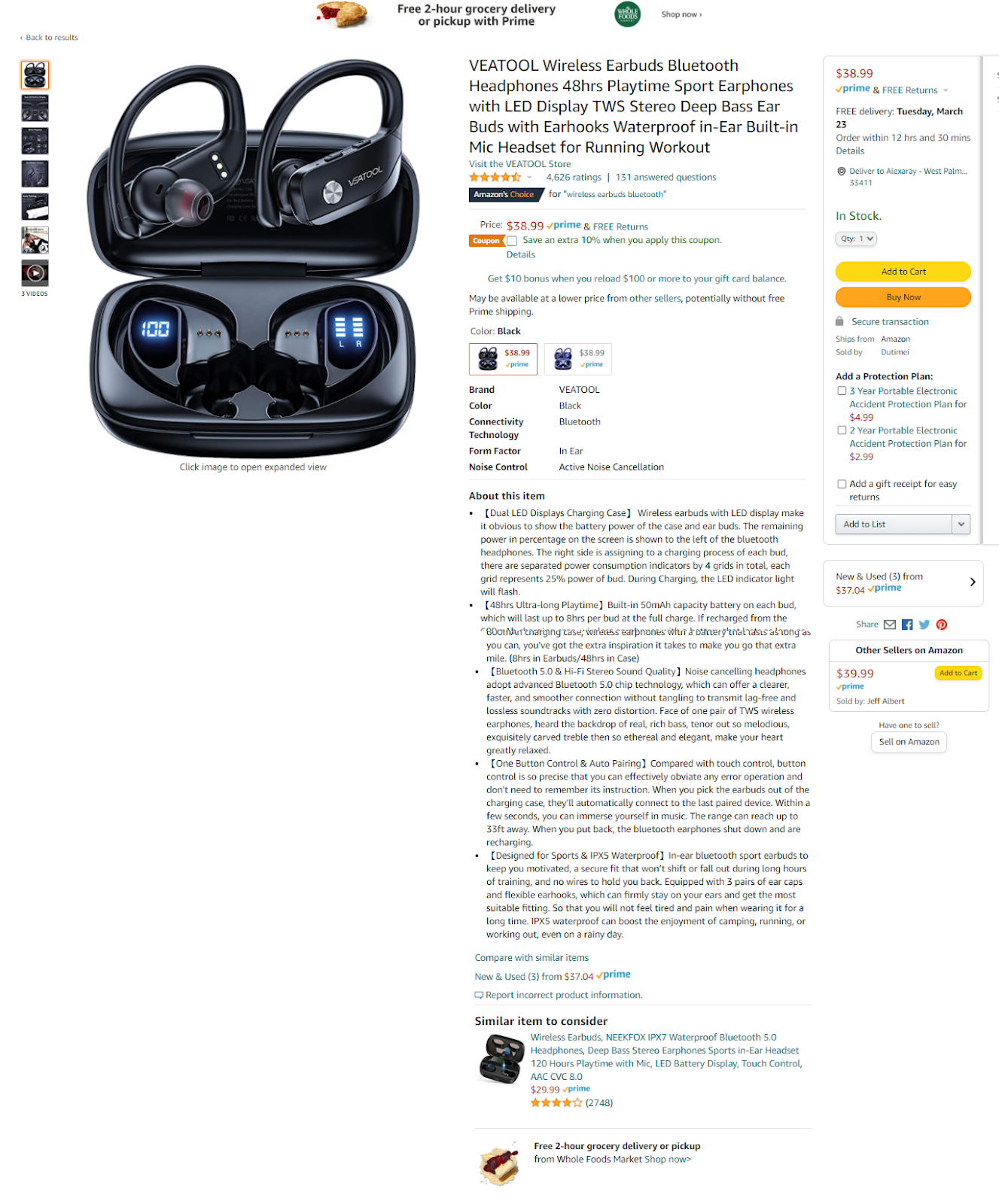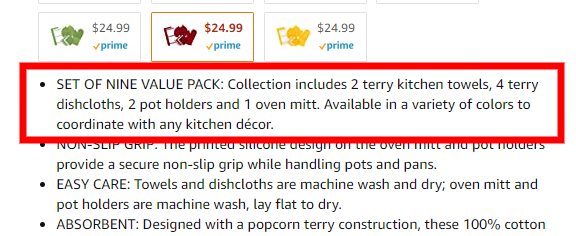Amazon Bullet Points: 8 Best Practices to Optimize Your Listing and Increase Sales

When you’re looking for ways to optimize your Amazon listing and increase sales, there are several variables on the page that you can tweak. One of those variables is your bullet points.
After your product title, it’s the first text-based description a prospect sees when they land on your page. On some product pages, the bullets sit above the fold (i.e., the portion of the screen a visitor sees before they have to scroll), but on other pages, you have to scroll to see them.
Mobile users see the first one or two bullets, but then they have to click “See More” to see the rest.
At the top of the bullet list is the headline ”About this item.” The bullet format makes the text much more attractive to read compared to what you might find in a standard product description. That’s why you want to put some effort into thinking about what to include in your product bullets.
In this article, we’re going to share eight best practices for your Amazon bullet points so you build a product listing that converts more prospects.
1. One Idea Per Bullet
Amazon gives you a total of five bullets for your product page. Since you only have five, it can be tempting to lump multiple ideas into one bullet. Avoid doing that. For one, you don’t want bullets that are too long—we’ll get into more of that shortly, but you also want bullets that are clear. Jumping from one topic to the next, or combining topics, defeats the purpose of a bullet. In writing, bullets are meant to be quick statements that are easy to assimilate.
2. Use a Headline
You want to have a headline for each of your bullets. Including a bullet headline has become commonplace on Amazon product pages; although, a few brands—usually ones that have an established brand off Amazon, started early on Amazon, or newer sellers—often don’t have headlines in their bullets.
The headline is the beginning portion of your bullet—usually separated by a colon, dash, or brackets. For a while, sellers would write their bullet headlines in all-caps. But in the last year or so, Amazon started to crack down on listings that have all-cap words and phrases in their headlines or bullets.
Many sellers are still getting away with it—as you’ll see in some of the examples in this article—but it’s important that you know it’s against Amazon’s policies.
Here’s what Amazon has to say:
So, why would you want to include a headline in your bullet? Well, just like in any other advertising or media channel, the headline helps draw attention and get the viewer to consume more. For your Amazon bullet points, each bullet headline should call out a product benefit.
Why?
Humans buy products to solve problems. When you’re writing to potential buyers, it can be tempting to focus on the features, but you want to make it a priority to translate your product’s features into benefits because that’s ultimately why people buy.
The late copywriter, Clayton Makepeace, developed a copywriting exercise to help marketers focus on benefits over features. You might find it helpful when writing your bullet headlines:
Write out your product’s features, then write out the benefits of each feature. Attach an emotion to each benefit, then rank those feature-benefit-emotion combos by how frequently that emotion is referred to by customers who either use your product, competitors’ products, or a product that solves the same problem. The highest-ranking ones should go first in your bullets list.
3. Include Dimensions
You can never underestimate how much a product’s dimensions matter to a prospect. For example, let’s say we’re selling a vacuumed-sealed water bottle. It would be tempting to focus on the primary function: how long the bottle keeps water hot or cold, but for some prospects, the size of the bottle is just as (or even more) important than its function. So, don’t make visitors search for your product dimensions. Place them in your product images, description, and bullets.
4. Describe The Use Case
Depending on the nature of your product, a prospect might not know all the places or ways they can use it. Take the time to explain it to them. They may have one objective in mind when searching for your product, but letting them know the other possibilities can increase the value they see in your product and lead them to buy.
For example, tell them they can use it indoors, outdoors, in the car, underwater, at weddings, on the beach, on an airplane, etc. You can also call out holidays; especially if your item would make a good gift idea.
Here’s an example of a bullet that ties several holidays to the product:
5. Fewer Characters
Each bullet has a 500 character limit. It’s tempting to use all that space, but you want to stick to around 300 characters or less. When you use more characters, your bullets look like a wall of text and customers are more likely to glance over them.
This is becoming even more of an issue because Amazon is starting to display some images in a wider format. When that occurs, it squeezes the margins on the bullet content—making the bullet text look overwhelming.
Here’s an example:
6. Install Keywords—Tastefully
There are four main places that keywords index: the product title, product bullets, product description, and backend keywords. Each of these locations has a character limit, so you can’t fit all your keywords in them. Place the important keywords that you can’t fit in your product title in your bullets.
A word of warning: You want to add keywords in your bullets tastefully. Don’t just list them out or force them into sentences to the point where your bullets are incomprehensible.
7. Lay Out The Contents
If you have multiple pieces in your product, be sure to list them out in one of your bullets. It may seem unnecessary because you might have all the pieces laid out in your product images, but the added reinforcement makes it easier to purchase your product.
Additionally, writing out the contents of your product allows you to get some extra keywords in, without unnaturally stuffing them in.
8. Include The Care Instructions
If your product requires special care, be sure to list them in a bullet. You might include care instructions in the manual that comes with your product, but by that time, it’s too late. Some customers will leave harsh reviews—instead of (or despite) returning the product—because they didn’t anticipate a specific care requirement. So, before they purchase, let them know what to expect.
Wrapping Up
Use these eight tips to write persuasive Amazon bullet points that reinforce your product’s benefits. It can be easy to focus on the more obvious elements on an Amazon product page, like your main images and keyword ranking. There’s no doubt those variables are important, but you want to make sure you support them with text.
After a demonstration (e.g., photo), sometimes reading what the demonstration showed is all someone needs before they finally decide to buy.
Happy Selling,
The Page.One Team
The Last Word:
Be strategic about how you order your Amazon bullet points. Place the bullet point ideas that matter the most for purchasing your product first. Place lesser important ideas and benefits lower in the list.
The level of importance for each bullet point idea will vary across products, but one useful way to gauge importance is by evaluating the frequency at which customers mention an idea or benefit in product reviews.









